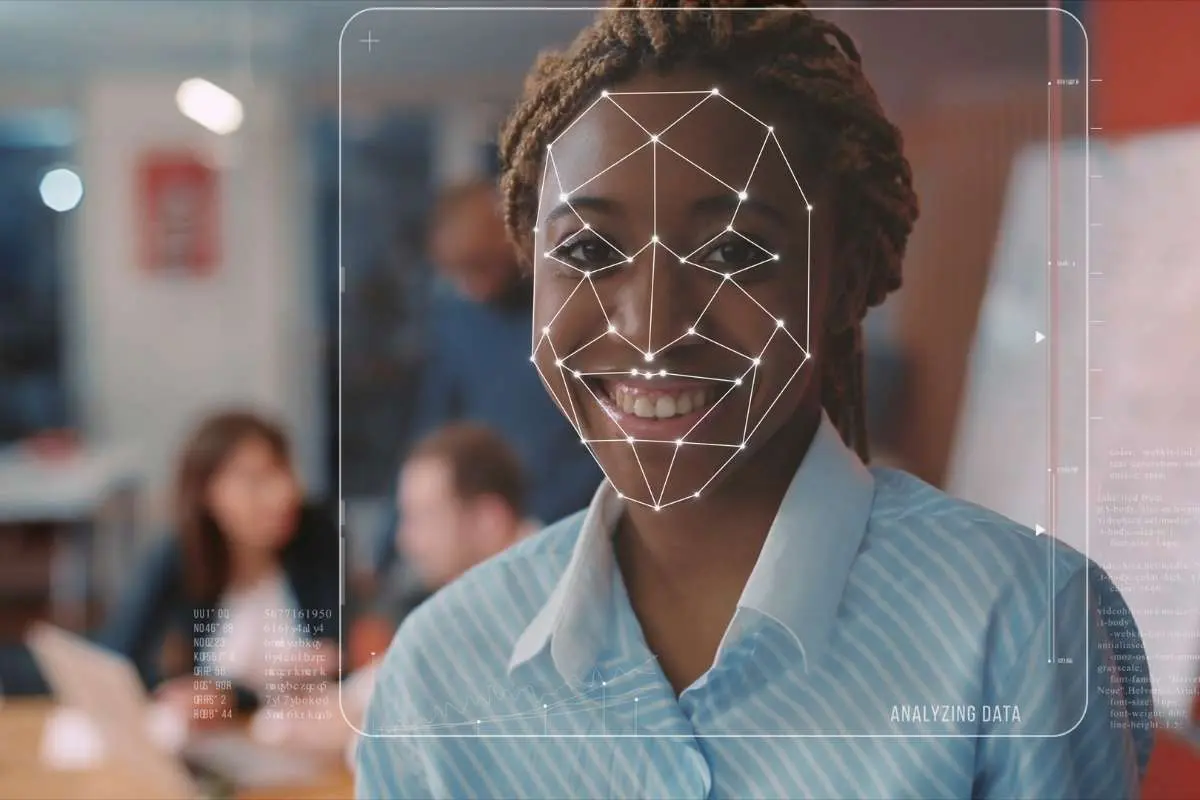
Is a Biometric Attendance Systems Right for Your Business
Now, more than ever, businesses around the world choose a biometric attendance system to support their staff. From global banks to enterprising start-ups, firms of all shapes and sizes get rid of passwords, keys, and swipecards for new, cloud-driven solutions. This change seems sudden and drastic to some, causing business leaders to ask important questions about the nature of biometrics. Understanding how they work, why they’re so popular, and what they bring to a business empowers decision-makers to make the right call about their firm’s future.

What is a Biometric Attendance System?
Biometrics, as you probably know, is the measurement of biological traits and features. The ‘attendance system‘ bit comes in when organisations use biometrics to ensure the right people check in to their business at the right time. These systems require companies to measure their employees’ biometric information, such as fingerprints, faces, or blood vessel patterns. After an attendance system records and stores this data, it checks it every time someone logs in or out, instead of requiring a key or a password.
Why Did They Become So Popular?
Many people carry biometric scanners around in their pockets every day. Smartphones use facial and fingerprinting biometrics alongside their passcode protection, and many banking apps offer thumbprint options, so you don’t have to remember login details every time. This popularity heralds the increasing relevance of biometric attendance systems in our personal and professional lives. If they can make online banking so much easier, why shouldn’t we use them to check in and out of our businesses?
Are Biometric Systems Safe and Secure?
Considering we use them multiple times every day, this question seems a bit of a moot point. On the topic of safety and security, however, it’s always good to be curious and understand the risks as well as the benefits.
Biometric attendance systems make businesses harder to break into, hack, or steal from. This makes them inherently more safe and secure. However, recording and storing your unique bodily measurements can be a daunting concept.
Encryption should solve these concerns. All the best biometric attendance systems encrypt their records and store biometric information as 1s and 0s rather than hackable, stealable images. Secure, reliable biometric attendance systems protect your data, and even if someone did access it, it would be of no use to them anyway.
What Types of Biometric Attendance System Do Businesses Use?
The human body is so unique that biometric attendance systems can measure any number of things to secure a business. The science of biometrics is constantly innovating, and technicians develop new ways to authenticate things from finger veins to walking patterns year after year. However, most biometric attendance systems rely on one of two classic measurements.
Fingerprint Clock in Machines
One of the most common biometric attendance systems on the market, fingerprint clock in systems offer a simple and intuitive way to check in with an employer. They can’t be lost, forgotten, or copied, unlike keys or codes, making them a vital and efficient asset for many firms. As most smartphones feature built-in fingerprint scanners, they help modern businesses adapt to a digital workplace.
Face Recognition Clocking in Systems
Another hugely popular biometric solution, the face recognition clocking in system, boomed in recent years. Face recognition offers contact-free entry and exit capabilities, perfect for minimising contamination and infection to keep people safe. As a smart and timely clocking in system, face recognition supports uninterrupted workflows, letting employees check-in and out while barely breaking a stride.
Are They the Right Fit For Small Businesses?
Many small businesses struggle to allocate their resources, as they have far more ambition than their means currently account for. It may seem counter-intuitive for a small business to ask its HR team to run a biometric attendance system. Depending on their size, the business may not even have a HR team at all. Regardless, smart solutions like biometric attendance systems actually free up resources by streamlining workflow, saving precious time in areas all over the business. Biometric attendance systems offer businesses of all sizes a great way to increase efficiency and focus on the tasks at hand.
Can a Biometric Attendance System Save Employees’ Time?
Smooth Check-Ins
At the most basic level, biometric attendance systems make checking in a seamless process, giving employees more time to focus on their job. Instead of searching bags, wallets, pockets, and purses for a key card, they smile for the camera and breeze on through. Instead of getting stressed out typing in the wrong password, they do a thumbs-up on a scanner and go about their day.
Freeing Up Human Resources
Biometric attendance systems bring a powerful yet underappreciated tool to rotas and payroll in that they create a verified record of who checks in and out of a business every day. This record lets HR track punctuality, overtime, and absence. Attendance data proves invaluable to businesses for a variety of reasons. In terms of time constraints, this removes the need for arduous paperwork or long chains of internal communication.
They also help you keep workers safe by curbing absences and illnesses. Patterns of lateness often signal burnout or personal issues, and noticing this behaviour helps human resource professionals intervene and support their colleagues.
Along with decreasing contact points which harbour infection, biometrics also help businesses stop illnesses from spreading by tracking and tracing employees. If someone comes down with an infectious disease, your biometric system can tell you who they came in contact with, when they shared a shift, and how long they spent with other team members.
Tax and Legislation Compliance
Verifiable digital logs also streamline financial compliance and employment requirements. Biometric attendance systems prove your payroll expenditure, and they help show that you’re not overworking your team. When smart systems save precious seconds, minutes, and hours, businesses can reallocate their resources and increase their output.
What Can a Biometric Attendance System Bring to a Business?
Professionalism
Cutting-edge cloud solutions create a great selling point to investors, employees, partners, and clients alike. As well as revolutionising existing workflow, impressive infrastructure like biometric attendance systems help business hone their professionalism and maximise their future opportunities.
Flexibility
Mobility and flexibility characterises the modern workplace. The next generation of employees needs flexible hours, hybrid working, and satellite office spaces. With adaptive digital attendance systems, businesses welcome employees worldwide, accommodating internationalism and attracting the best and brightest to their teams.
Future-Proofing
The best part about digital solutions is that, once you set them up, they grow with your business. Biometric attendance systems let business leaders tailor their accessibility on the fly, dynamically adapting as teams develop and projects expand. For small businesses looking to boost efficiency and build to last, or big companies needing an update, biometric attendance systems help future-proof firms in competitive industries.
Conclusions: Is a Biometric Attendance System Right for Your Business
Like any business solution, biometric attendance systems are not without flaws. However, as an information-led digital platform, these systems evolve and improve as they support new workplaces. Biometric attendance systems help many businesses around the world manage their workflows, and they may offer a system that can help you too.

Zoë Mouter is the joint owner and director of Egress Systems, a leading provider of time and attendance solutions. With two decades of experience in the workforce management sector, Zoë collaborates with HR, payroll, and IT experts to deliver tailored solutions across a diverse range of industries, including logistics, manufacturing, retail, hospitality, education, charities, waste management, and healthcare.
Before founding Egress Systems, Zoë honed her skills over 10 years as an IT professional at global data and technology companies Experian and Egg. During this time, she worked with multinational clients such as MBNA, Morgan Stanley, and Argos, specialising in the credit card processing sector.
Zoë holds a first-class degree in English Language and Literature from Liverpool University, alongside a Masters in Viking Studies and a TEFLA certification (Teaching English as a Foreign Language to Adults). While her focus has shifted from Viking history to Nordic walking, she enjoys expressing her creativity through ceramics, often crafting unique tea and coffee pots on her pottery wheel.
